Radiation
Awareness campaign for plan to dump radioactive water into ocean lands creators in hot water.
Video released on same day approval is granted for waste water project at Fukushima nuclear power plant.
Lawsuit claims Tepco misled scale of 2011 Fukushima disaster, causing relief workers to be exposed to radiation.
Following the events of the 2011 Tohoku earthquake and tsunami and the subsequent meltdowns at the Fukushima Daiichi Nuclear Power Plant complex, radiologists in Japan have been closely observing the area for potential changes. A new report by the National Institute of Radiological Sciences now suggests that the fir trees in Fukushima may be exhibiting strange growth patterns, with the radiation from the disaster being named as a possible factor.
Dr. Timothy Mousseau, professor of Biological Sciences at the University of South Carolina and researcher for the Chernobyl and Fukushima Research Initiative, presented new findings to the International Ornithological Congress in Tokyo last week that suggest radiation contamination around Fukushima Daiichi, even at low levels, is negatively impacting biodiversity and wildlife populations.
A “cancer cluster” detected in kids near the Fukushima disaster is probably due to the increased examination of these children, not because of the disaster itself, according to epidemiologist Norman Kleiman of Columbia University.
When the announcement was made that Tokyo would host the 2020 Olympic Games, there was much reason for celebration in Japan. Leading up to the decision, the Japanese leader for the Olympic bid emphatically stressed that the Fukushima disaster would have no impact on life in Tokyo–a claim that was reiterated after the bid was won.
Around that time, a cartoon appeared in a French newspaper depicting mutating sumo wrestlers in front of radiation suit wearing spectators. The Japanese government took issue with it and angrily reaffirmed the safety of the rest of Japan. Still, among many of the citizens, there is sneaking yet widespread suspicion over how safe the Tohoku and Kanto regions actually are, especially with regards to their food products.
It’s often sad to see the workers at the Fukushima Daiichi Plant or any other radioactive site around the world. It’s a dangerous job that requires brave workers, and brave workers deserve a cool looking uniform. Firefighters get those axes and huge trench coats, police often have cool looking bulletproof vests, but workers in areas of high radiation have to wear those white or yellow suits that look like trash bags.
Thankfully, this sad state of affairs may soon change with the development of a fabric which blocks x-ray and gamma-ray radiation.
A thesis which assesses the risks of internal radiation exposure within Fukushima Prefecture following the explosions at the Daiichi Nuclear Power Plant, suggests that the effects of internal radiation fall far below that recorded after Chernobyl.
Ryugo Hayano, who works as a professor at Tokyo University’s Science Research Department, has collected the findings of doctors who conducted research into internal radiation exposure among those living inside of the Fukushima Prefecture. He consolidated these findings into an English journal entitled ‘Proceedings of Japan Academy Series B89’, which is available on the net.
The latest journal is a collection of reports that looks at the degree of radiation exposure through daily food consumption and it is reported to be the first of its kind.
A dinner of boiled vegetables and 3.3 square meters of floor space for sleeping, those are the harsh conditions awaiting laborers who undertake government-mandated decontamination work necessitated by the nuclear accident at Tokyo Electric’s Daiichi Nuclear Power Plant in Fukushima Prefecture. In some cases workers are basically laboring for free when taxpayer-funded danger pay is excluded from their pay packets.
Read More
On March 14, Hiroshima City announced tentative plans to remove molded plastic mannequins depicting the horrors of the atomic bombing from its Peace Memorial Museum by 2016. The proposed removal is in line with a review suggesting displays within the facility be switched to include more that depict actual articles belonging to the deceased and other real items from the period. Opinions from visitors to the museum are split on whether or not the mannequins should be removed.
The three mannequins in question are of an adult woman, a college-aged woman, and a small boy shown wondering through the blast aftermath in a severely burned state. Originally made from wax, the mannequins have been on display at the museum since 1973, and in their current form since 1991.
Read More
After the great earthquake and tsunami that came with the calamities of March 11 2011, many residents to the Kanto region of Japan experienced turmoil on an unprecedented scale. If natural disaster wasn’t enough, there was also the explosion at the Fukushima nuclear plant, spreading radioactive contamination even as far as Tokyo. Now after two years, Fukushima’s 20-kilometer radioactive exclusion zone still remains in place.
While most families fled the contaminated areas in the early stages following the explosion, one brave man remained undeterred by it all, staying put in his hometown. Naoto Matsura (53) is believed to be the sole inhabitant within the 20-kilometer red zone.
Matsumura’s determination to remain rooted in the same place and see through the nuclear catastrophe has caught the attention of many, with his accounts even being adapted into a documentary. The documentary tells of the events after the great earthquake and Mutsumura’s reasons for remaining at his home despite all those around him fleeing, never to return. Perhaps even more interestingly, it gives some rather candid accounts of this man’s feelings towards Tokyo Electric Power Company (TEPCO), the company that operated the stricken Fukushima Daiichi Nuclear Power Plant.
It wasn’t just the earthquake or tsunami of March 11, 2011 that shattered the town of Namie in Fukushima Prefecture, it was the subsequent radiation. Slowly creeping across the once fertile land, it ripped families from their homes and banished them to evacuation centers elsewhere. Today, nearly two years after the worse nuclear disaster since Chernobyl, the entire 86 square miles of Namie have been declared uninhabitable due to high levels of radioactive cesium. Even if families wanted to return, they can’t.
Amid this tragic loss, Google Street View is giving the people of Namie a chance to visit the town they were forced to flee.
Paying Just $11 a Day, Subcontractors Ripping Off Fukushima Nuclear Accident Decontamination Workers
The Tokyo Shimbun has discovered that workers involved with national government controlled cleanup projects resulting from the accident at the Fukushima Daiichi Nuclear Power Plant are being ripped off by subcontractors.
Despite being able to rent lodging facilities from the government and others for free or for very little money, contractors forcibly deduct inflated accommodation and meal charges from workers’ pay. When the 10,000 yen (US$111) a day “danger pay” provided to contractors by the government (read: taxpayers) is taken into consideration, it means the contractors themselves end up forking out a measly 1,000 yen (US$11) a day per worker.
Read More
Following Japan’s 1-0 victory over France in the friendly football (soccer to our North American readers) match last week, a French variety show host made a joke that has touched a nerve here in Japan.
Alluding to Japanese goalkeeper Eiji Kawashima’s impressive skills on the field, the show presented an edited image of the player, showing him with four arms.
The show’s presenter then suggested that Kawashima’s additional limbs might be the result of “the Fukushima effect” and that they had grown after exposure to radiation leaked from the nuclear plant damaged by the earthquake and tsunami in March 2011. While the joke went down well during the show, many Japanese are understandably very upset…
Since the accident at the Fukushima Daiichi Nuclear Power Plant following the terrible East Japan Earthquake in March last year, radiation has unfortunately been a topic of concern for everyone in Japan. It is therefore not surprising that a team of scientists at Tokyo University, where some of the top minds of Japan can be found, conducted a study on how radiation in seafood can be reduced. However, the results which have been reported in the media recently are not what you may expect from Japan’s premier academic institution.
According to reports, the team at Tokyo University, headed by Professor Shugo Watabe, concluded from their experiments that up to 95% of the radioactive cesium contained in fish can be removed by reducing the fish into very small pieces, close to paste form, and washing it repeatedly with water. Read More
On January 16th, a clinic was opened in Tokyo’s Shinagawa Ward to check the levels of internal radiation exposure. The clinic, loosely translated as Radioactivity Premium Dock, offers a complete body scan for radiation levels, among other services, which the general public can access for a fee. The company hopes to reduce anxiety resulting from the Fukushima Daiichi disaster and to help the public manage their health.
Read More
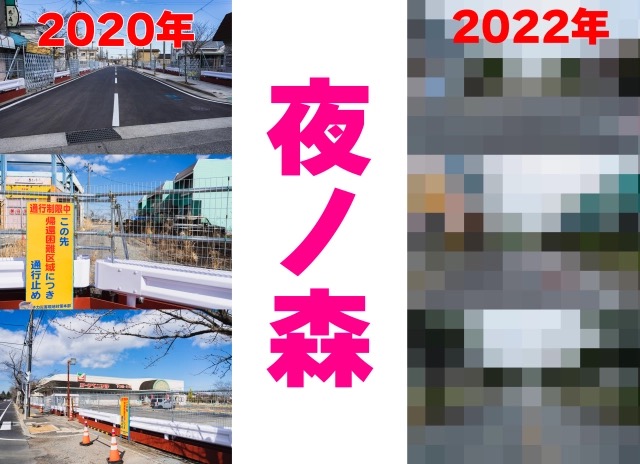
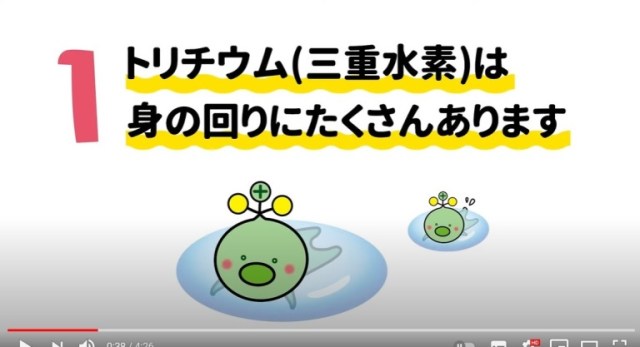
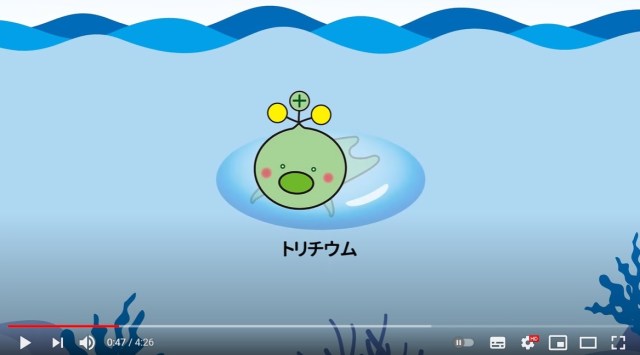

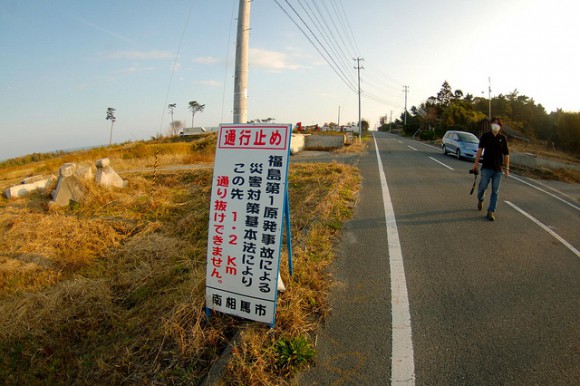
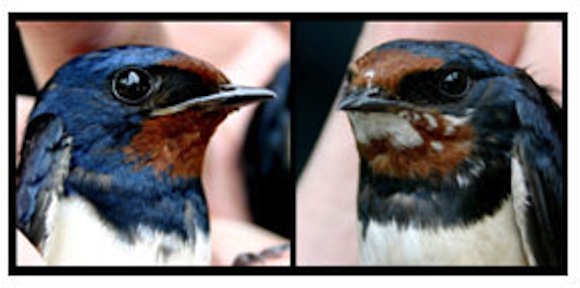
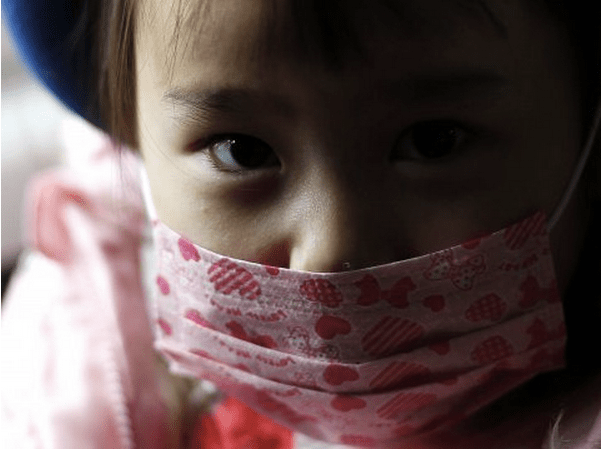
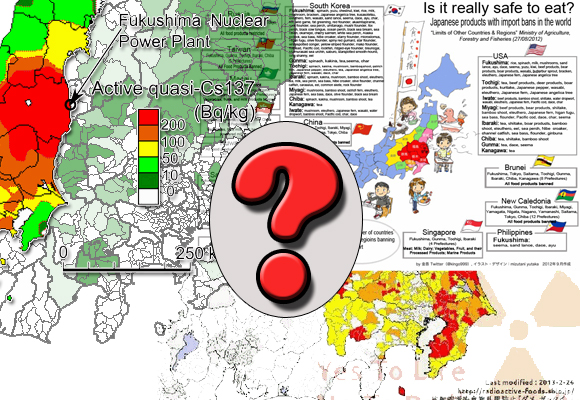
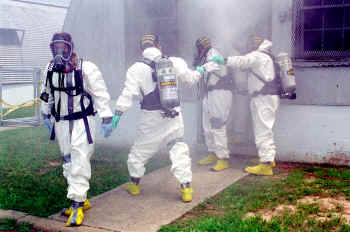
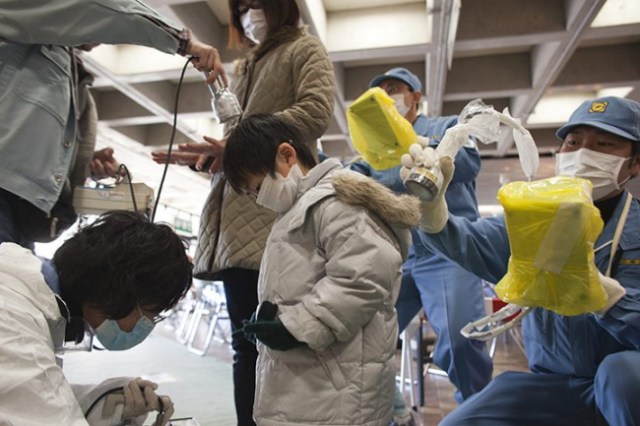
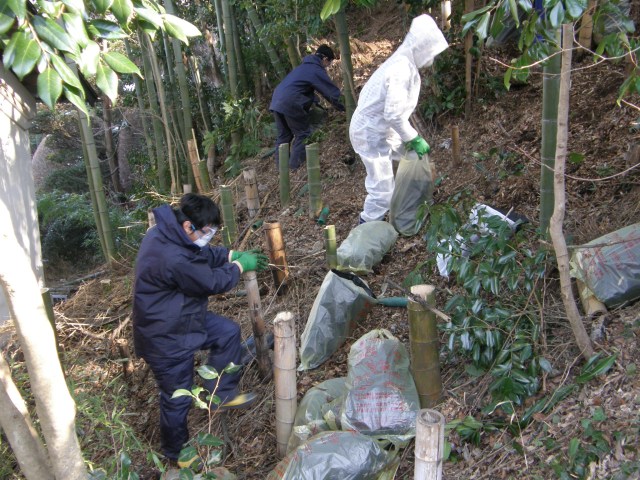
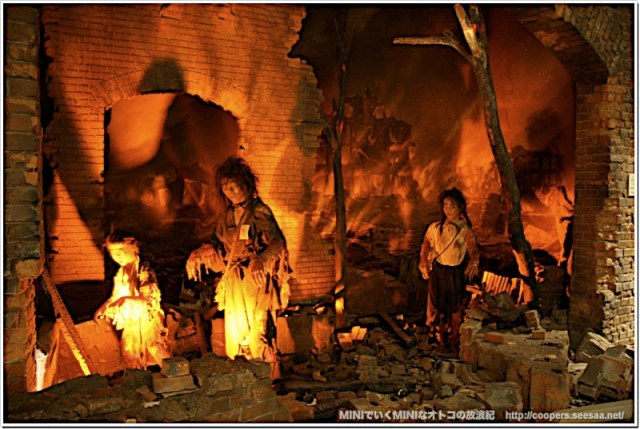
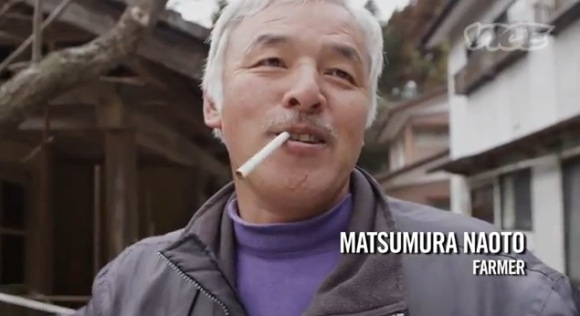
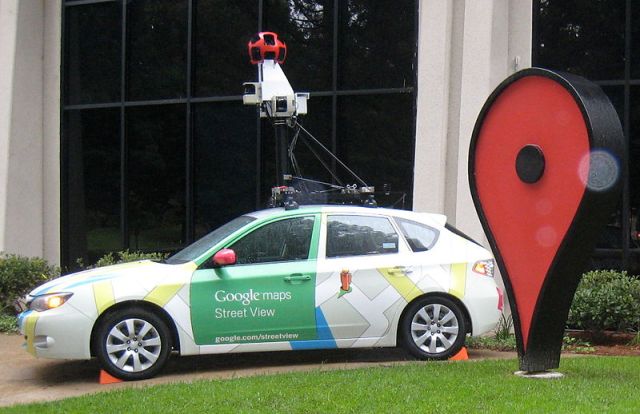
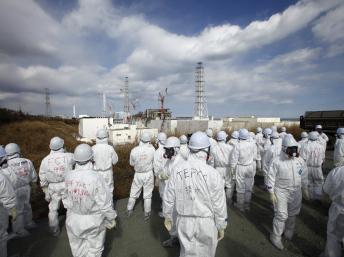
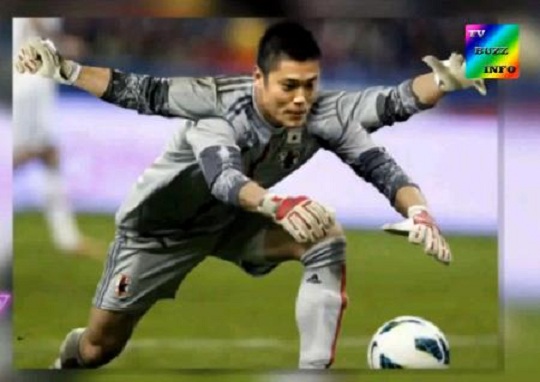
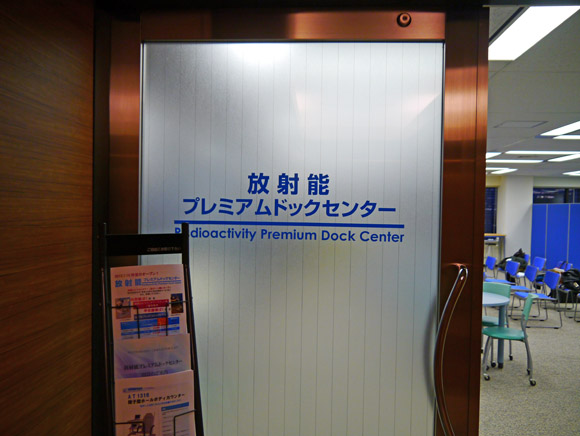
 Randomly running into a great sushi lunch like this is one of the best things about eating in Tokyo
Randomly running into a great sushi lunch like this is one of the best things about eating in Tokyo We tried Japan’s Strawberry Daifuku? liqueur, one of three dessert-themed liqueurs
We tried Japan’s Strawberry Daifuku? liqueur, one of three dessert-themed liqueurs Disney princesses get official manga makeovers for Manga Princess Cafe opening in Tokyo
Disney princesses get official manga makeovers for Manga Princess Cafe opening in Tokyo Kyushu-exclusive Black Mont Blanc goes nationwide in a “Special” way
Kyushu-exclusive Black Mont Blanc goes nationwide in a “Special” way Is the new Shinkansen Train Desk ticket worth it?
Is the new Shinkansen Train Desk ticket worth it? We try out “Chan Ramen”, an underground type of ramen popular in the ramen community
We try out “Chan Ramen”, an underground type of ramen popular in the ramen community Beautiful new Final Fantasy T-shirt collection on the way from Uniqlo【Photos】
Beautiful new Final Fantasy T-shirt collection on the way from Uniqlo【Photos】 Hey, Japanese taxi driver! Take us to your favorite restaurant in Tsuruga City!
Hey, Japanese taxi driver! Take us to your favorite restaurant in Tsuruga City!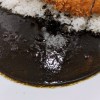 Japanese black curry “experiment” takes place at an unlikely restaurant branch in Tokyo
Japanese black curry “experiment” takes place at an unlikely restaurant branch in Tokyo Hanton rice — a delicious regional food even most Japanese people don’t know about, but more should
Hanton rice — a delicious regional food even most Japanese people don’t know about, but more should New Studio Ghibli bedding sets are cool in all senses of the word
New Studio Ghibli bedding sets are cool in all senses of the word Our Japanese reporter visits Costco in the U.S., finds super American and very Japanese things
Our Japanese reporter visits Costco in the U.S., finds super American and very Japanese things Foreign English teachers in Japan pick their favorite Japanese-language phrases【Survey】
Foreign English teachers in Japan pick their favorite Japanese-language phrases【Survey】 New Pokémon cakes let you eat your way through Pikachu and all the Eevee evolutions
New Pokémon cakes let you eat your way through Pikachu and all the Eevee evolutions There’s a park inside Japan where you can also see Japan inside the park
There’s a park inside Japan where you can also see Japan inside the park Japanese convenience store packs a whole bento into an onigiri rice ball
Japanese convenience store packs a whole bento into an onigiri rice ball Final Fantasy, Kingdom Hearts, and Dragon Quest pet product line announced by Square Enix
Final Fantasy, Kingdom Hearts, and Dragon Quest pet product line announced by Square Enix Studio Ghibli releases Kiki’s Delivery Service chocolate cake pouches in Japan
Studio Ghibli releases Kiki’s Delivery Service chocolate cake pouches in Japan Japan’s bone-breaking and record-breaking roller coaster is permanently shutting down
Japan’s bone-breaking and record-breaking roller coaster is permanently shutting down New definition of “Japanese whiskey” goes into effect to prevent fakes from fooling overseas buyers
New definition of “Japanese whiskey” goes into effect to prevent fakes from fooling overseas buyers Foreign passenger shoves conductor on one of the last full runs for Japan’s Thunderbird train
Foreign passenger shoves conductor on one of the last full runs for Japan’s Thunderbird train Kyoto bans tourists from geisha alleys in Gion, with fines for those who don’t follow rules
Kyoto bans tourists from geisha alleys in Gion, with fines for those who don’t follow rules Studio Ghibli unveils Mother’s Day gift set that captures the love in My Neighbour Totoro
Studio Ghibli unveils Mother’s Day gift set that captures the love in My Neighbour Totoro Domino’s Japan now sells…pizza ears?
Domino’s Japan now sells…pizza ears? Toyota built a life-sized Miraidon Pokémon and are letting people test drive it this weekend
Toyota built a life-sized Miraidon Pokémon and are letting people test drive it this weekend New Japanese KitKat flavour stars Sanrio characters, including Hello Kitty
New Japanese KitKat flavour stars Sanrio characters, including Hello Kitty Sales of Japan’s most convenient train ticket/shopping payment cards suspended indefinitely
Sales of Japan’s most convenient train ticket/shopping payment cards suspended indefinitely Sold-out Studio Ghibli desktop humidifiers are back so Totoro can help you through the dry season
Sold-out Studio Ghibli desktop humidifiers are back so Totoro can help you through the dry season Japanese government to make first change to romanization spelling rules since the 1950s
Japanese government to make first change to romanization spelling rules since the 1950s Ghibli founders Toshio Suzuki and Hayao Miyazaki contribute to Japanese whisky Totoro label design
Ghibli founders Toshio Suzuki and Hayao Miyazaki contribute to Japanese whisky Totoro label design Doraemon found buried at sea as scene from 1993 anime becomes real life【Photos】
Doraemon found buried at sea as scene from 1993 anime becomes real life【Photos】 Tokyo’s most famous Starbucks is closed
Tokyo’s most famous Starbucks is closed One Piece characters’ nationalities revealed, but fans have mixed opinions
One Piece characters’ nationalities revealed, but fans have mixed opinions We asked a Uniqlo employee what four things we should buy and their suggestions didn’t disappoint
We asked a Uniqlo employee what four things we should buy and their suggestions didn’t disappoint Princesses, fruits, and blacksmiths: Study reveals the 30 most unusual family names in Japan
Princesses, fruits, and blacksmiths: Study reveals the 30 most unusual family names in Japan Studio Ghibli’s new desktop Howl’s Moving Castle will take your stationery on an adventure
Studio Ghibli’s new desktop Howl’s Moving Castle will take your stationery on an adventure We try out “Chan Ramen”, an underground type of ramen popular in the ramen community
We try out “Chan Ramen”, an underground type of ramen popular in the ramen community Beautiful new Final Fantasy T-shirt collection on the way from Uniqlo【Photos】
Beautiful new Final Fantasy T-shirt collection on the way from Uniqlo【Photos】 Hey, Japanese taxi driver! Take us to your favorite restaurant in Tsuruga City!
Hey, Japanese taxi driver! Take us to your favorite restaurant in Tsuruga City! Japanese black curry “experiment” takes place at an unlikely restaurant branch in Tokyo
Japanese black curry “experiment” takes place at an unlikely restaurant branch in Tokyo Hanton rice — a delicious regional food even most Japanese people don’t know about, but more should
Hanton rice — a delicious regional food even most Japanese people don’t know about, but more should Foreign English teachers in Japan pick their favorite Japanese-language phrases【Survey】
Foreign English teachers in Japan pick their favorite Japanese-language phrases【Survey】 Cappuccino Ramen becomes super popular in Japan, but is it worth the hype?
Cappuccino Ramen becomes super popular in Japan, but is it worth the hype? Pizza Hut releases a turtle pizza that looks like a Teenage Mutant Ninja Turtle
Pizza Hut releases a turtle pizza that looks like a Teenage Mutant Ninja Turtle Looking for great sushi near Sapporo? Try this hidden restaurant in an airport souvenir shop
Looking for great sushi near Sapporo? Try this hidden restaurant in an airport souvenir shop W.T.F. Japan: Top 5 most difficult Japanese tongue twisters (with videos!) 【Weird Top Five】
W.T.F. Japan: Top 5 most difficult Japanese tongue twisters (with videos!) 【Weird Top Five】 Osaka’s creepy cute mascot speaks for first time, adds more fuel the creepy OR cute debate【Video】
Osaka’s creepy cute mascot speaks for first time, adds more fuel the creepy OR cute debate【Video】 What happens to Cup Noodle Mystery Meat when you cook it in a rice cooker?
What happens to Cup Noodle Mystery Meat when you cook it in a rice cooker? Haku is…Chihiro’s dead brother? Studio Ghibli fans blown away by Spirited Away theory
Haku is…Chihiro’s dead brother? Studio Ghibli fans blown away by Spirited Away theory